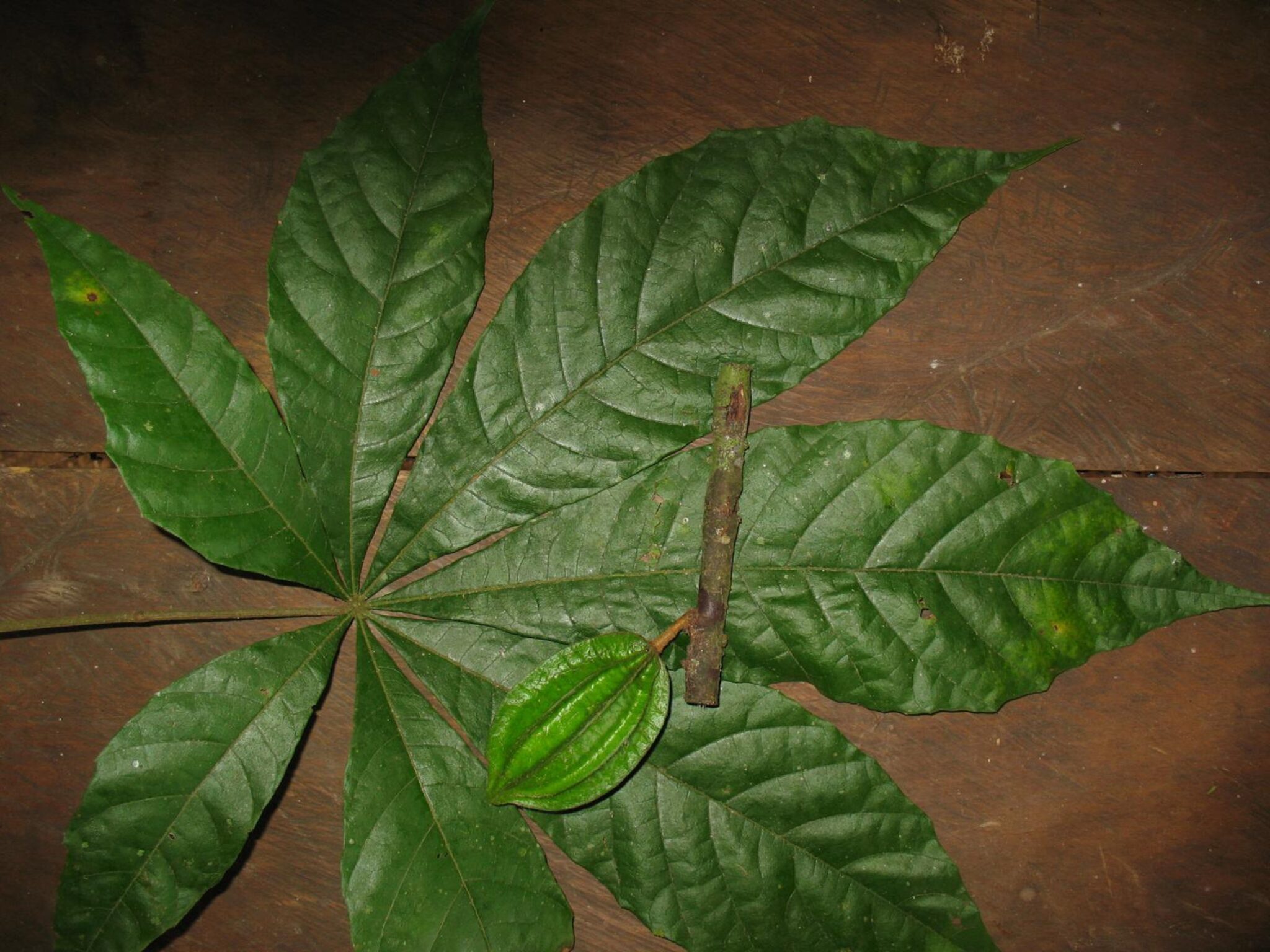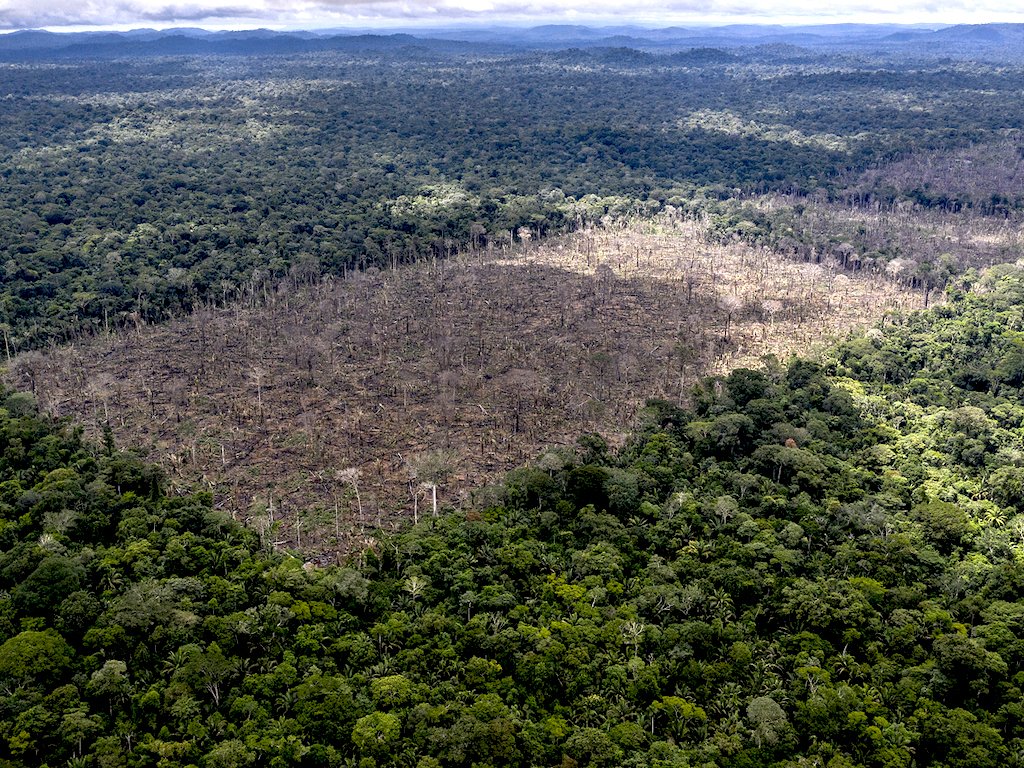
Scientists have discovered three plants closely related to the Theobroma cacao plant, which could unlock the development of climate-resilient chocolate.
Chocolate is becoming worse for the planet, worse for labourers, and worse for our wallets. This year, we’ve seen cocoa futures rocket to never-seen-before prices, on the back of poor harvests thanks to an increasingly volatile crop in an increasingly volatile climate.
When it comes to food products, only beef is worse from an emissions point of view than dark chocolate. But the changing climate has also rocked the cocoa industry, with Ivory Coast – the leading producer –having lost more than 85% of its forest since 1960.
In response, both the public and private sectors are taking action. The UK and the EU have both announced bans on deforestation-linked chocolate, with the latter being supported by giants like Nestlé, Mars and Ferrero.
The food tech sector is also tackling the issue with new innovations. Some are using plant cell cultures to make chocolate, while others are utilising agricultural sidestreams and more climate-friendly crops to make cocoa-free versions of chocolate.
But the latest breakthrough comes from scientists at University College Cork (UCC), the University of São Paulo and New York Botanical Garden, who have discovered three new plant species that are close relatives of Theobroma cacao, the cocoa bean tree that originated in South America and is the source of an industry that sustains the livelihoods and incomes of over 50 millon people.
A cacao cousin to save the day

The team of researchers came across the three new species – Theobroma globosum, T. nervosum and T. schultesii – while preparing a taxonomy report on the Theobroma genus.
These species are subsects of Herrania Goudot, a group closely related to Theobroma. While it has traditionally been treated as a separate genus, the study – published in the journal Kew Bulletin – recalls how some have struggled to distinguish between the two, and have thus included Herrania as a section of Theobroma.
Both Theobroma and Herrania species are predominantly found in the western part of the Amazon rainforest, recognised as a centre of biodiversity for both plants. This section of the forest is also said to be home to the highest number of new or undiscovered species within the Amazon.
Unlike Theobroma, Herrania species grow from a single stem and have leaflets that radiate outward (like fingers off a hand). And while the internal structure of the petals and fruits are similar in both plants, the fruits of Herrania tend to have 10 ridges, compared to the cacao fruits of Theobroma, which can be smooth or have up to five ridges.
“These new species were discovered as a result of studying specimens in herbaria and demonstrate the importance of maintaining these natural history collections as many more species remain to be discovered within them,” said James Richardson of UCC’s School of Biological, Earth & Environmental Sciences.
Discovery could help develop future-proof cocoa trees

The scientists, who examined leaves, flowers and fruits, and collaborated with multiple botanical institutions to reach the discovery, said their finding was significant as it suggests there’s much more work to do in characterising Earth’s biodiversity.
“That there were recently unknown species closely related to Theobroma cacao, which is of huge importance for the production of chocolate and other products, shows how much more work there is to be done to catalogue the vast amount of unknown biodiversity across our planet,” said Richardson.
He added that the discovery could lead to the development of climate-resilient cacao trees, which would help make the future of chocolate production more sustainable – both economically and environmentally.
“Cacao prices have trebled in recent months due to low production as a result of a prolonged period of drought in West Africa, which is the area of greatest production,” Richardson explained. “The discovery of new species, in addition to those already known, expands the genetic resources that are available to us that might allow us to produce drought-tolerant or disease-resistant cacao trees.”
The Amazon rainforest is home to half of the world’s tropical forests and over three million species of plants and animals, but its Brazilian expanse is also the site of 40% of global tropical deforestation. This has made the Amazon a source of carbon, emitting more of the greenhouse gas than it absorbs. And research has found that between 10-47% of its forests are at risk of collapsing by 2050.
In April, a marketing campaign by Natura, Forbes and Africa Creative labelled Amazon as the ‘world’s richest billionaire’, worth $317B. This valuation is seven times greater than the potential earnings derived from its destruction, highlighting the importance of preserving what was once called the “lungs of the Earth”.
The post Climate-Proof Cocoa: Can These New Plants Save the Future of Chocolate? appeared first on Green Queen.
This post was originally published on Green Queen.